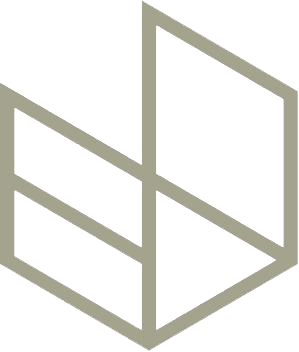Science + architecture = excellent outcomes
Jenny is looking forward to getting her geek on at a conference focused on the science of effective building envelopes in Brisbane on June 15 (its not ALL about beautiful architecture you know... don't forget about us passionate nerds in the background)!
The inaugural Building Physics Forum of the Australian Institute of Refrigeration, Air Conditioning and Heating (AIRAH) will focus on air movement, thermal performance, and the control of moisture across building envelopes. While to some these might sound like 'boring' invisible features of a home, a good understanding of air leakage, condensation and ventilation is critical to building an energy efficient house, as well as a home that provides healthy air to its inhabitants, while avoiding mould attacks, structural deterioration, or 'sick building syndrome'. Understanding the complex science behind these risks is particularly relevant in Canberra's unique cool climate, where insulation is critical for comfort but often poorly understood and approached incorrectly.
“The intention of the Building Physics Forum is to explore ways of controlling these flows across a building’s fundamental architectural elements and assemblies. Controlling these flows across the building envelope can deliver better indoor and outdoor environmental quality, thereby improving the comfort, wellness, and performance of people”
For those with a science-bent you can read more about our science services here.
Light House Director, Jenny Edwards, has a masters degree in science and graduate certificate in environmental health. She has undertaken training in air leakage testing in NZ and the US and is an ACT-licenced Building Assessor - Energy Efficiency, who conducts energy efficiency assessments of existing houses and thermal performance modelling of house designs. Her first building science business -- Energy Imaging -- was the first company in Australia to combine thermal imaging and air leakage testing in residential construction. You can check out a fun video they made back in 2009 to get an idea what a building envelope test involves.

